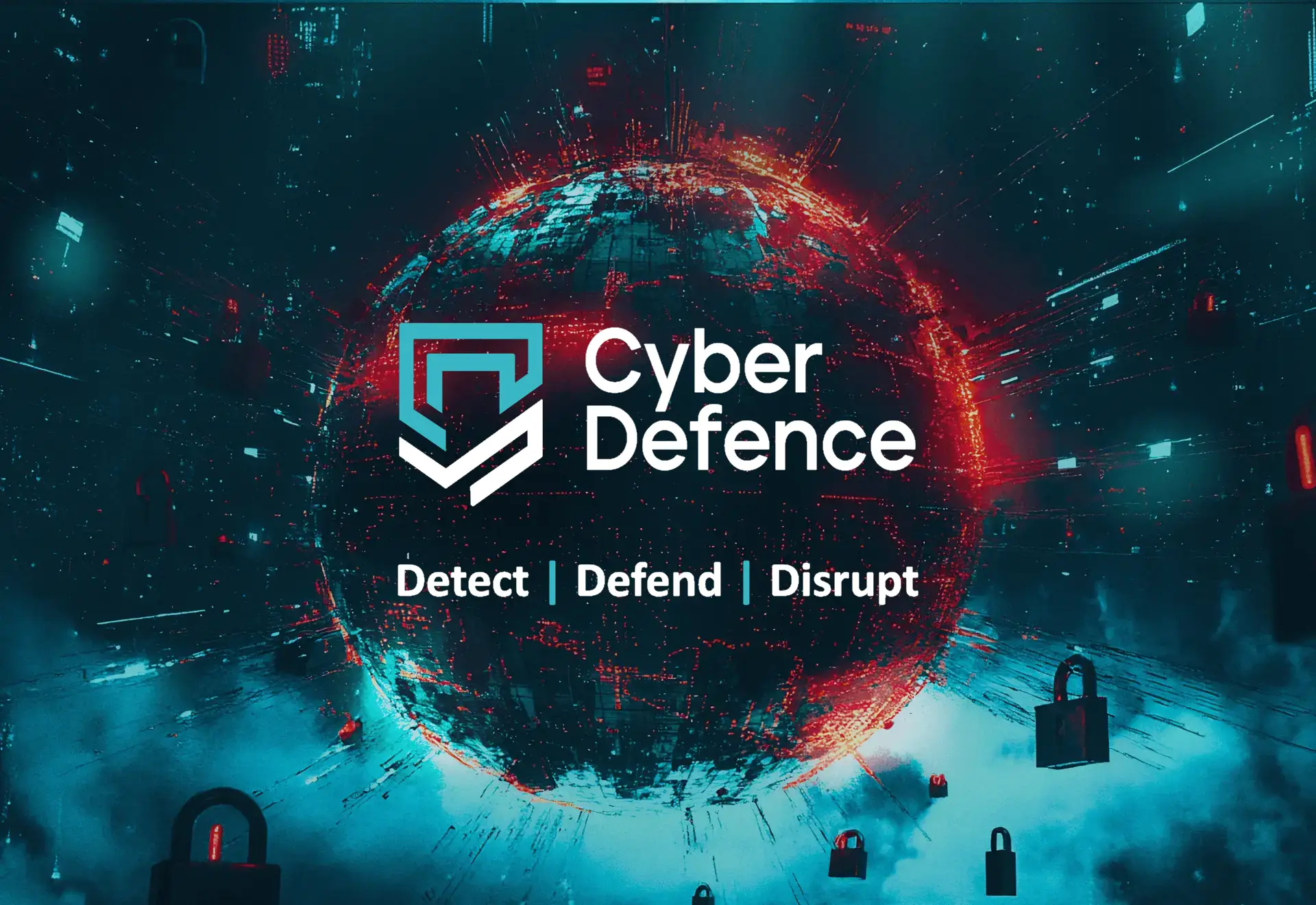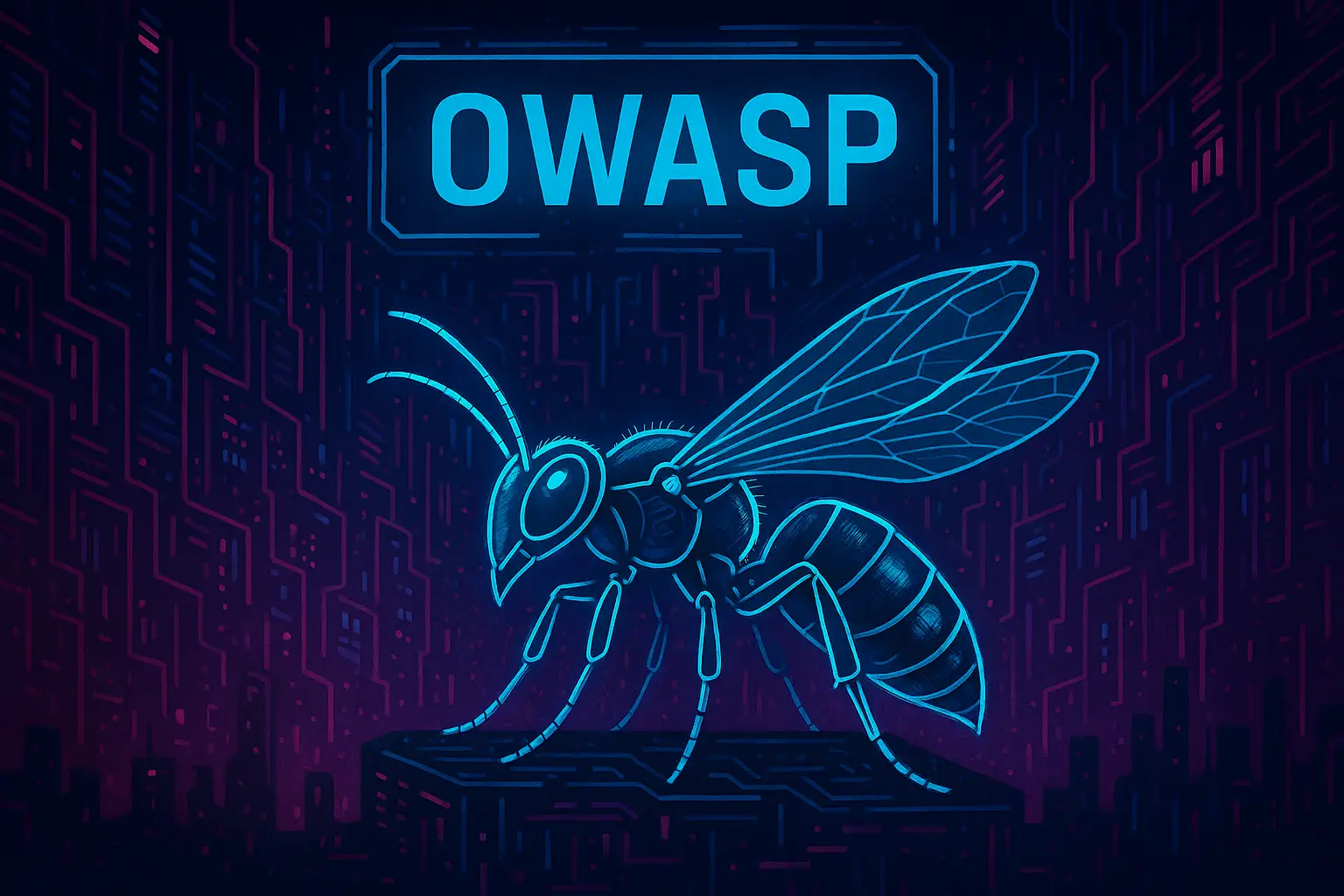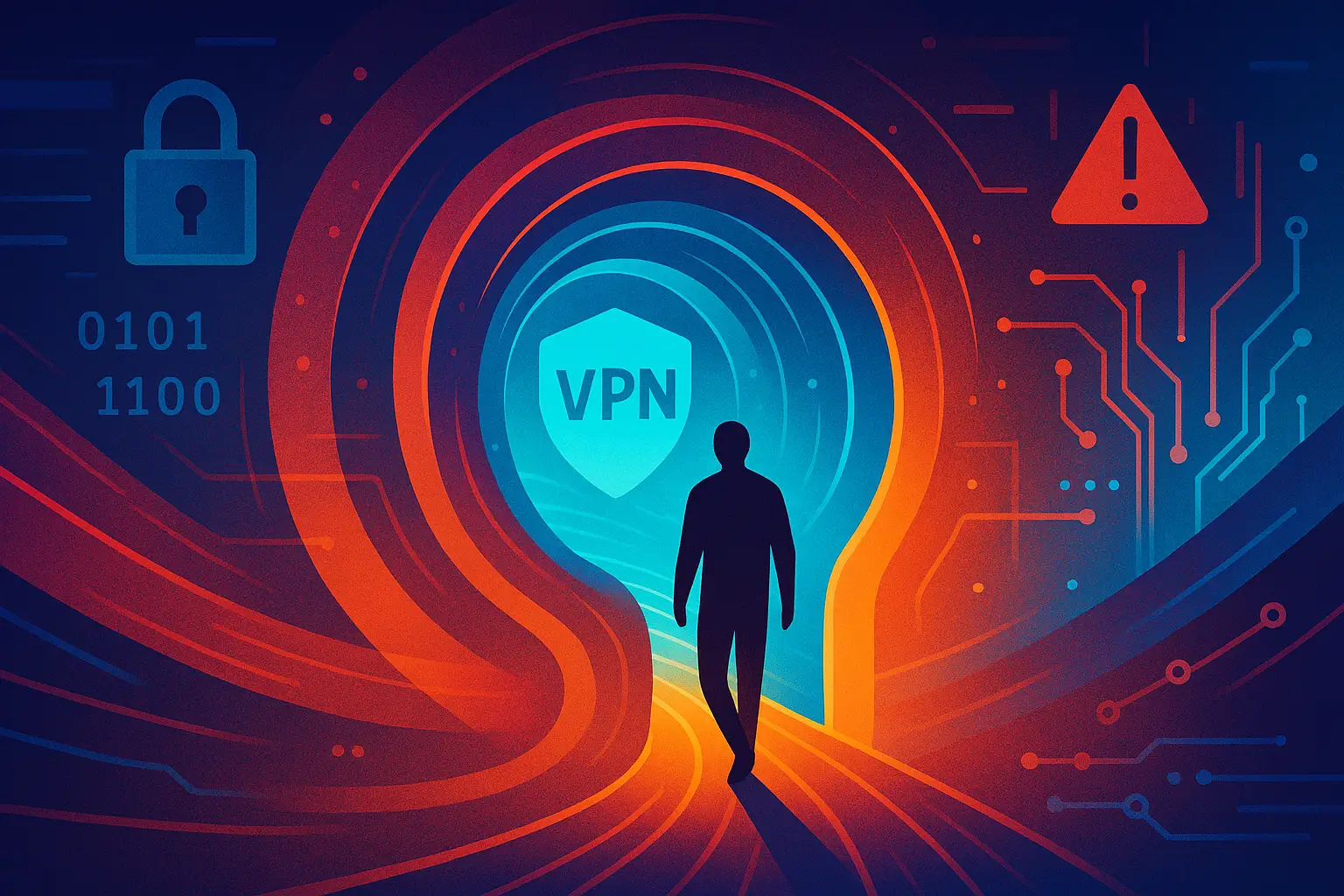In contrast to ransomware operators and high-noise cybercriminals, a growing class of state-aligned threat actors operate with quiet precision. These stealth-state actors, including groups such as Silent Ransom (Silk Typhoon), Gallium, and APT27, specialise in long-term infiltration, passive surveillance, and the gradual exfiltration of valuable information. Their methods favour persistence over disruption and rely on low-volume, low-frequency exfiltration techniques coupled with legitimate cloud services as their command and control channels.
This post examines the tradecraft behind these silent operations and provides actionable technical guidance to improve visibility and detection within UK-based enterprises.
Why Stealth Matters
State-linked groups increasingly understand that quiet access is strategic access. Rather than deploying ransomware or defacing systems, these actors prioritise:
- Maintaining long-term, undetected presence
- Exfiltrating intellectual property, operational data, and communications
- Avoiding forensic footprints by using system-native tools
- Blending into cloud traffic to evade traditional C2 detection mechanisms
These campaigns are especially dangerous for organisations that process sensitive research, infrastructure designs, strategic contracts, or classified communications.
The Rise of Cloud-Based Command and Control
Actors such as Silent Ransom exploit the ubiquity of cloud services to hide C2 traffic. Common tactics include:
- Using services like OneDrive, Dropbox, or Google Drive to exfiltrate stolen files
- Encoding data into HTTP POST requests or encrypted uploads that appear legitimate
- Abusing cloud APIs (e.g., Graph API, AWS SDK) for remote control and persistence
- Leveraging business SaaS tools (e.g., Slack, Trello, Office 365) for message-based C2
This makes detection particularly difficult for organisations with poor telemetry across SaaS platforms or that rely heavily on encrypted outbound traffic.
Technical Detection Advisory
This section outlines practical steps for defenders to detect and respond to slow data exfiltration and stealthy cloud C2 channels.
Indicators of Slow Exfiltration
- Small but consistent data transfers from internal hosts to cloud storage over extended periods
- Anomalous archive creation (e.g., repeated creation of
.zip,.7z, or.rarfiles in user folders) - Use of FTP/SFTP clients by non-admin users
- Repeated access to business-critical directories from low-privilege or newly created accounts
- Sudden increase in PowerShell scripts interacting with APIs or file paths
Suspicious Cloud C2 Behaviour
- Outbound HTTPS traffic to uncommon cloud storage domains at non-working hours
- Use of unrecognised OAuth app registrations within Microsoft 365 or Google Workspace
- Beaconing patterns where the host contacts the same cloud service at regular intervals
- Unusual download/upload volumes for endpoints typically used for email or documents only
- Detection of tools like Rclone, MEGASync, or use of
curlandInvoke-WebRequestin scripts
Defensive Recommendations
To improve detection and resilience against stealth-state actor activity:
- Enable detailed cloud application logging (e.g., Microsoft Defender for Cloud Apps, Google Workspace Alert Center)
- Audit and restrict OAuth applications, including third-party integrations and user-consented apps
- Set up alerts for unusual volumes of data uploads, especially outside of business hours
- Deploy endpoint detection and response (EDR) platforms with memory and behaviour-based detection
- Implement DNS logging and inspection to detect outbound connections to uncommon services
- Ensure DLP tools are configured to monitor sensitive file types and bulk transfer activity
Real-World Application
In 2023, a UK-based research consortium unknowingly hosted Silent Ransom infrastructure for several months. The threat actor avoided detection by:
- Creating compressed research exports every weekend
- Using a compromised staff account to upload files to a Dropbox account via browser-based sessions
- Accessing the system only during night shifts to avoid anomaly detection
- Exfiltrating under 100MB of data per week to avoid bandwidth alerts
This case highlights the importance of behavioural baselining, cross-timezone monitoring, and a shift away from relying solely on high-volume or known-malware indicators.
Conclusion
Stealth-state actors like Silent Ransom represent a growing challenge for defenders. Their use of legitimate platforms and subtle tactics demands a proactive, visibility-focused security posture. By improving identity monitoring, SaaS auditing, and anomaly detection, organisations can better defend against threats that aim not to destroy—but to observe, extract, and influence quietly from within.






